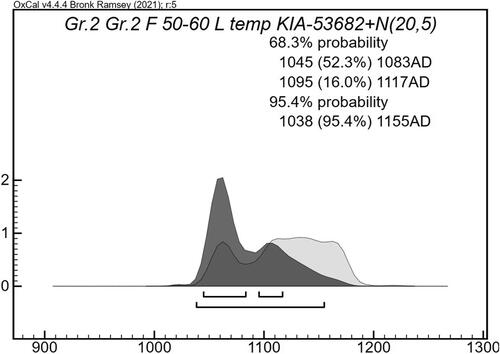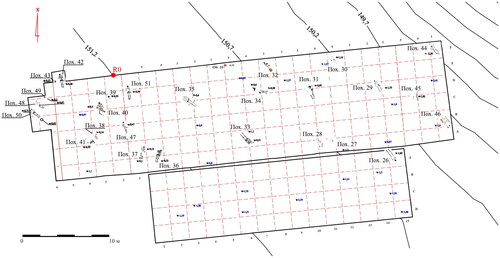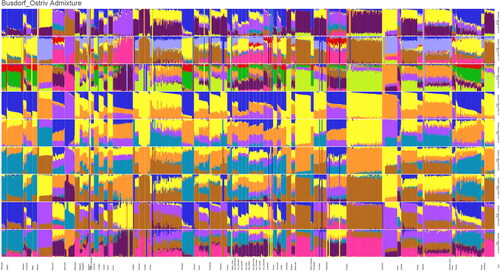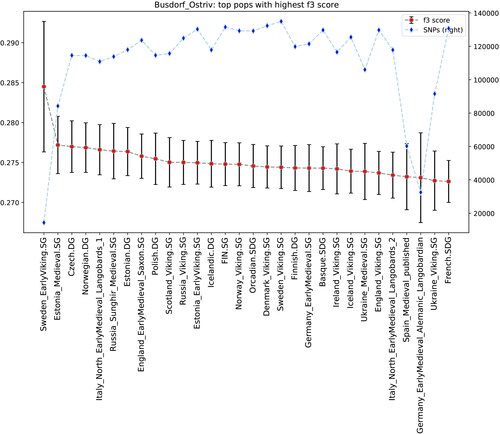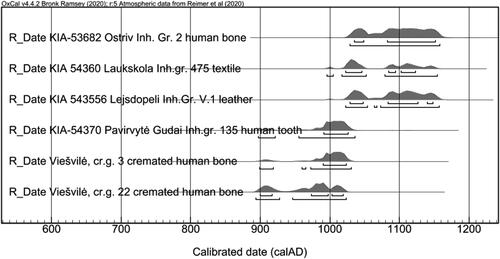Figures & data
Fig 1 Location of the Ostriv cemetery in relation to the hillfort and settlement of Sukholisy. Image by A Borisov, V Baranov and V Ivakin.
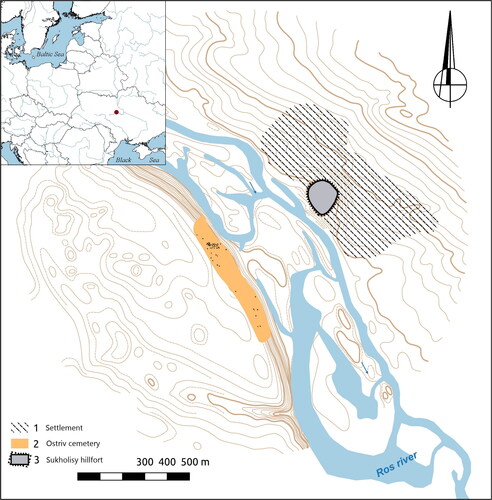
Fig 2 The reference data of East Baltic region cemeteries, used in the pilot study to compare the features of Ostriv with Baltic cemeteries Green — the Prussian, Curonian and Scalvian cemeteries analysed during the R Shiroukhov AvH Foundation project in 2017–19; Red — Samogitian, Semigallian, Curonian and Livs cemeteries analysed during the implementation of the Ostriv pilot-project in 2019–20. (1) Alejka-3 (Jaugehnen); (2) Kholmy (Mülsen); (3) Klincovka-1 (Wickiau); (4) Rzhevskoje (Linkuhnen); (5) Viešvilė I; (6) Bikavėnai; (7) Žąsinas; (8) Bandužiai; (9) Ramutten-Jahn (Ramučiai/Girkaliai); (10) Palanga; (11) Pavirvytės Gudai; (12) Raņķu Kapenieki; (13) Doles Vampinieši; (14) Salaspils Laukskola; (15) Lejasdopeli. Image by R Shiroukhov.
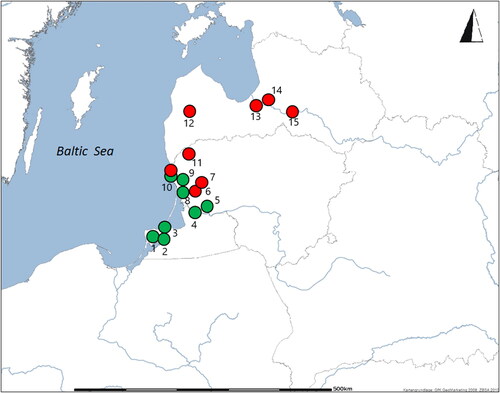
Fig 3 Hillforts on the Ros frontier, with number 28 marking the hillfort of Sukholisy. Image by A Borisov.
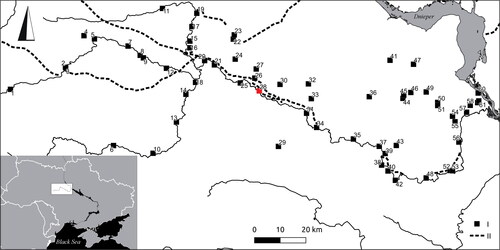
Fig 5 The graves of Ostriv with the remains of wooden constructions (coffins, etc). (1) Grave 19; (2) Grave 12; (3) Grave 16; (4) Grave 46; (5) Grave 40; (6) Grave 42. Image by I Zocenko.
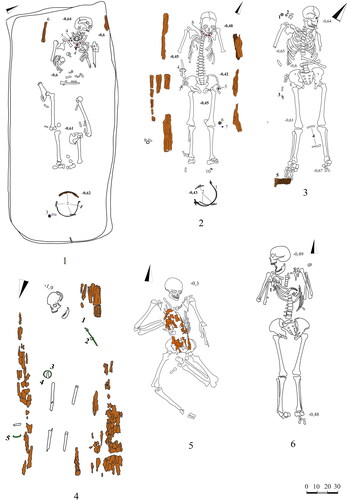
Fig 6 Inhumation graves with a northern head orientation of Sambian Peninsula Prussians, found in an area of cremation cemeteries. (a) Ekritten (Vetrovo) Grave 12 — armed man with a rare Rus‘type helmet; (b) Alejka-3, Grave 336 — pennanular brooch with connected star-shape, very typical of the Western Balts (and found at Ostriv) in the 11–12th centuries. Image after Širouchovas Citation2011, .3.
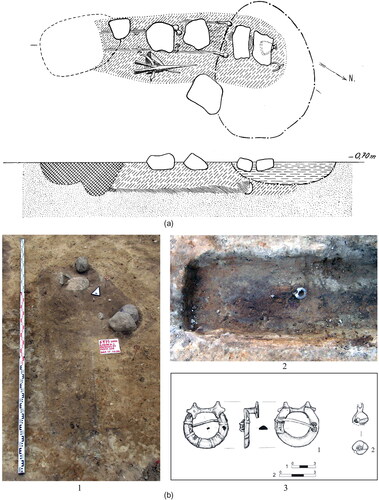
Fig 7 Western Balt-type artefacts found at Ostriv: (1) Neck ring, bronze, grave 53. (2) Penannular brooch, bronze, grave 2. (3) Penannular brooch, bronze, grave 23. (4) Penannular brooch, bronze, grave 13. (5) Penannular brooch, bronze, grave 35. (6) Pennanular brooch, bronze with white-metal alloy. (7) Pennanular brooch, bronze with white-metal alloy. (8) Bracelets, bronze, grave 2. (9) Flat ladder brooch, bronze, grave 2. (10) Bracelet, bronze, grave (11) Bracelet, bronze, grave 2. (12) Bracelet, bronze, grave 12. (13) Bracelet, bronze, grave 53. (14) Chain-distributor, bronze, grave 2. Images by A Sorokun and A Suprun.
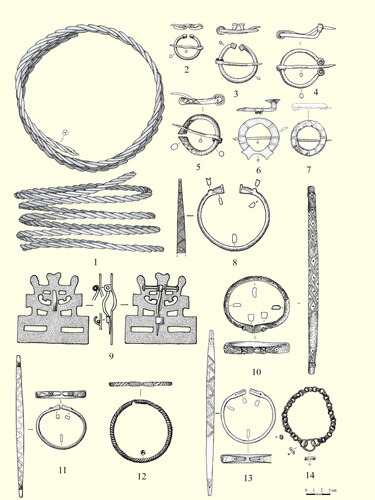
Fig 8 Distribution showing the origin of the archaeologically derived metal samples: former East Prussia (Kaliningrad region of Russia and western Lithuania). (1) Ekritten (Sirenevo); (2) Grebieten (Povarovka/Pokrovskoje); (3) Linkuhnen (Rzhevskoje); (4) Löberstoff (Slavjanskoje); (5) Popelken (Prudovka); (6) Ramutten-Jahn (Girkaliai); (7) Trentitten (Zajcevo); (8) Viehof (Tiulenino). Image by R Shiroukhov.
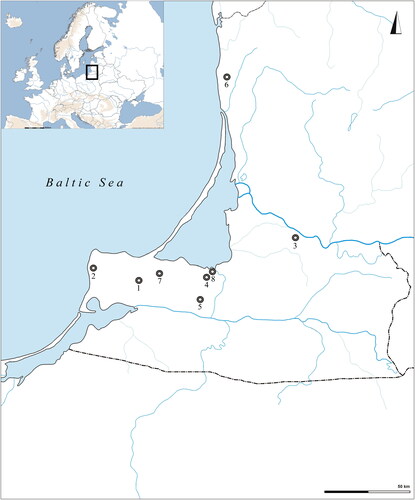
Table 1 Metal samples from former East Prussia, kept at the SMB-MVF Berlin, used for electron microscopic analysis: ID 2383–2387, 2989 and 2891 — Kaliningrad region of Russia, ID 2388, 2890 and 2892 — West Lithuania. By K Saleem and R Shiroukhov.
Fig 9 Thin slices (lamella of a thickness between 50 nm and 100 nm) taken from a depth of ten micrometres from the surface of various artefacts: (1) Ramutten-Jahn flat ladder brooch; (2) Ostriv flat ladder brooch; (3) Ramutten-Jahn flat laddar brooch within the Focused Ion Beam microscope region; (4) Location of FIB lamella extraction. Image by L Kienle, K Saleem and U Schuermann.
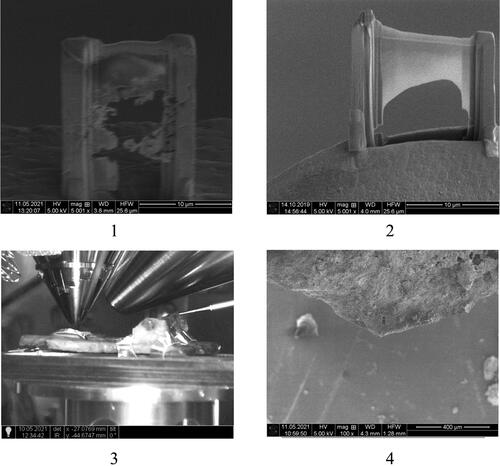
Fig 10 The elemental map of the flat ladder brooch from Ostriv grave 2, which demonstrates a homogenous distribution of zinc (Zn) and copper (Cu) with some oxidation. Image by L Kienle, K Saleem and U Schuermann.
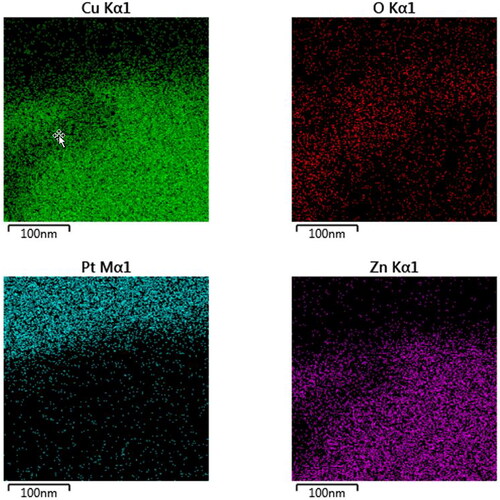
Table 2 Comparison of the point measurements averages taken from different regions on the lamella with the composition of the flat ladder brooches from Ostriv and Ramutten-Jahn (Lithuania, former East Prussia). By L Kienle, K Saleem and U Schuermann.
Fig 11 Range of stature (minimum-average-maximum) of the males (n = 14) and females (n = 10) in Ostriv cemetery.Footnote95 Image by O Kozak.
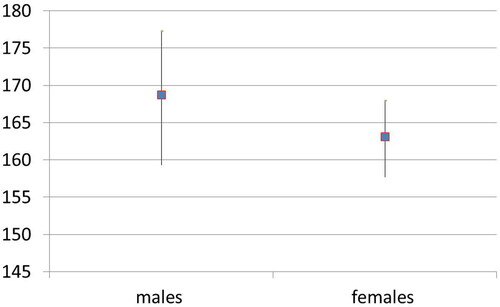
Table 3 Age and sex distribution in the Ostriv ancient (%, n=66). By O Kozak.
Table 4 Pathological traces observed on skeletal remains from the Ostriv ancient population. By O Kozak.
Fig 12 Exostoses in the external auditory meatus (EAE): (a) The skull of the female from grave 12, aged 25–30 years. Exostosis on the posterior wall of the right external channel; (b) Left temporal bone of the female from grave 25, aged 25–35 years. Exostosis on the posterior and anterior walls of the narrowed external auditory channel. Photographs by O Kozak.
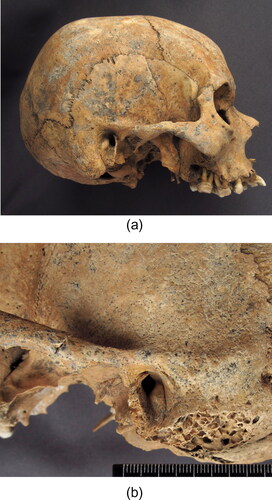
Table 5 Genetic samples from Haithabu/Busdorf and Ostriv used in the study. By B Krause-Kyora.
Fig 14 Principal components analysis (PCA) of Busdorf and Ostriv aDNA data. Image by B Krause-Kyora.

Fig 16 Human bone collagen δ13C values from Ostriv, plotted against δ15N (left) and δ34S (right) values in the same extracts. For comparison, values in individuals from several contemporaneous cemeteries in the East Baltic (mainly tooth samples) are also shown. Image by J Meadows.
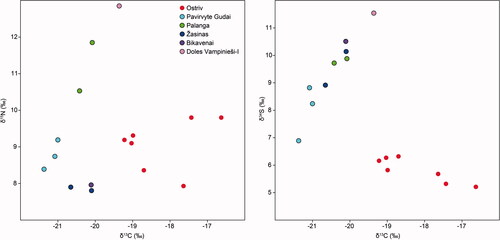
Table 6 Ostriv samples stable isotopes indicators. By C Hamann and J Meadows.
Table 7 East Baltic cemeteries stable isotopes indicators. By Ch Hamann and J Meadows.
Fig 17 Human δ15N (left) and δ13C (right) values plotted against 14C ages of the same collagen extracts. Error bars correspond to 1-sigma measurement uncertainties. Image by J Meadows.
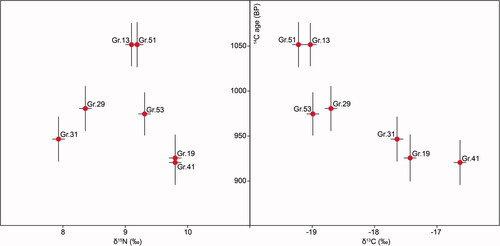
Fig 18 Ostriv 14C-dating results. Top: 14C ages calibrated to calendar dates using IntCal20 and the program OxCal v.4, without any allowance for intrinsic age.Footnote96 Bottom: calibrated 14C ages are shifted later by a normal (N, eg 5 ± 5 calendar years) or uniform (U, eg 10–100 calendar years) distribution to account for intrinsic age at burial. These dates (outline distributions) are likelihoods for corresponding burial dates in a Bayesian chronological model, which assumes that they represent a single unordered phase of activity, with start and end dates determined by the scatter of burial dates (grey distributions). The model, created in OxCal v.4, produces posterior density estimates (black distributions) for the dates of individual burials. Coloured bars represent the reigns of Vladimir the Great (ad 980–1015) and Yaroslav the Wise (ad 1019–1054). All dated burials could have occurred during Yaroslav’s reign. Image by J Meadows.
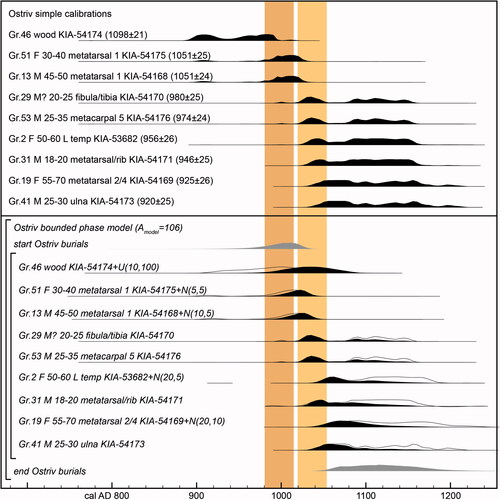
Table 8 Ostriv cemetery 14C-dated samples. By J Meadows and R Shiroukhov.
Fig 19 Latvian inhumation cemeteries samples, used in the study, 14C-dating results. Image by R Shiroukhov.
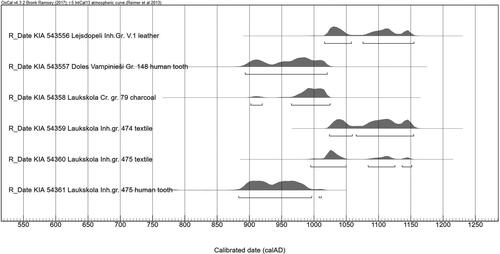
Fig 20 Pavirvytė Gudai cemetery inhumation graves samples, used in the study, 14C-dating results. Image by R Shiroukhov.

Fig 21 Distribution of the cemeteries with flat ladder brooches of Spirģis A1 subtype, analysed in the study. (1) Ostriv; (2) Laukskola; (3) Lejasdopeli; (4) Pavirvytė; (5) Viešvilė I. Image by R Shiroukhov, map by A Borisov.
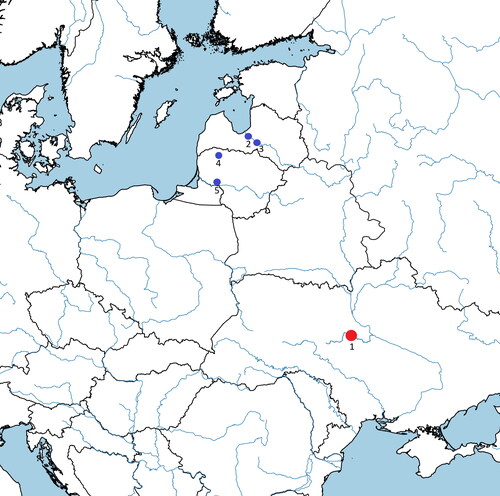
Fig 22 Flat ladder brooches of Spirģis A1 subtype. (1) Ostriv, grave 2. (2) Lejasdopeli, barrow mound V, grave 1. (3) Laukskola, grave 475. (4) Viešvilė I, cremation, grave 22. Image by R Shiroukhov.
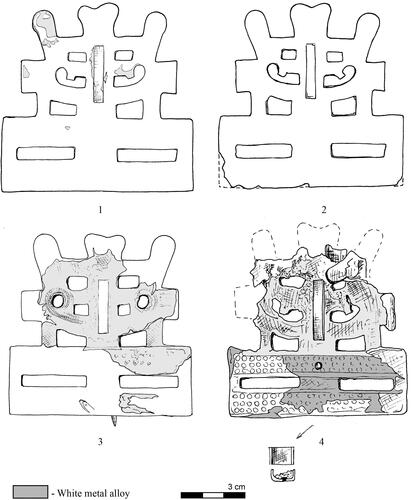
Fig 23 Pavirvytė female graves with a northern head orientation. (A) Ostriv inhumation grave 2, plan and photo of the skeletal remains and gravegoods. (B) Plan of Lejasdopeli burial mound V inhumation grave 1. (C) Pavirvytė Gudai cemetery inhumation grave 135. Image and photograph A by I Zotsenko; Image B from Griciuvienė Citation2007, 59–60, and C from Vaškevičiūtė and Cholodinskienė 2008, fig 32.
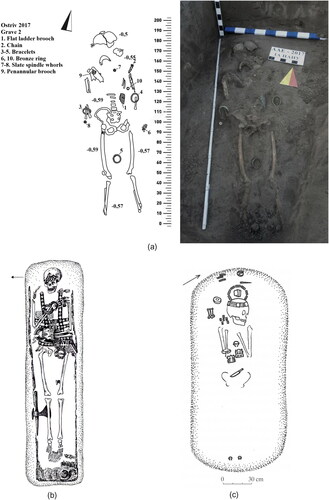
Fig 24 OxCal combination of 14C dates from textile samples from graves 474 and 475, Laukskola cemetery. Image by R Shiroukhov.

Table 9 14C-dated East Baltic cemeteries samples used in the study. By R Shiroukhov and J Meadows.
Fig 26 OxCal modelling of the Ostriv Grave 2 14C date, using the anthropological age of the deceased. Image by J Meadows.
